Welding Fume Risks & Controls. Learn about HSE’s enforcement update on welding fume, health risks, legal duties, and required controls eg LEV and RPE to reduce workplace exposure and ensure compliance
The HSE Update
In February 2019, the HSE released their latest bulletin, STSU1, which details the change in enforcement expectations for all welding fume including mild steel welding fume. The bulletin comes on the back of International Agency for Research on Cancer’s (IARC) reclassification of all welding fume including mild steel as Group 1 carcinogenic to humans.
The IARC have published new scientific evidence that states exposure to all welding fume including mild steel welding fume can cause lung cancer and possibly kidney cancer in humans. This information has been endorsed by the Workplace Health Expert Committee (WHEC) who have recognised the reclassification of mild steel welding fume as a human carcinogen.
As a result of this, the HSE will be strengthening their enforcement expectations for all welding fume, including mild steel welding, because general ventilation does not achieve the necessary control measures in reducing exposure. Cura Terrae can assist you with your monitoring for this. More information can be found on our air monitoring page.
Required Control Measures: LEV & RPE
Employers will now be required to implement suitable engineering controls for all welding activities carried out indoors in order to reduce the cancer risk. An example of appropriate engineering control is Local Exhaust Ventilation (LEV) which will also control exposure to manganese, a constituent of mild steel welding fume which can cause neurological effects similar to Parkinson’s disease.
It should also be noted that for welding activities which occur outdoors, the HSE now require that suitable and adequate RPE be provided.
LEV is not always an adequate control measure for reducing employee exposure. In these situations, LEV must be supplemented by adequate and suitable respiratory protective equipment (RPE) to protect employees from any residual fume. Appropriate RPE should also be provided for any welding completed outdoors. Staff should be suitable trained on how to correctly use and store their RPE in addition to a face-fit test.
All risk assessments should now reflect the change in control measure expectations.
Recommended Actions for Employers
The following list details the immediate actions required by employers on the back of this bulletin:
- Make sure exposure to any welding fume released is adequately controlled using engineering controls (typically LEV).
- Make sure suitable controls are provided for all welding activities, irrelevant of duration. This includes welding outdoors.
- Where engineering controls alone cannot control exposure, then adequate and suitable RPE should be provided to control risk from any residual fume.
- Make sure all engineering controls are correctly used, suitably maintained and are subject to thorough examination and test where required.
- Make sure any RPE is subject to an RPE programme. An RPE programme encapsulates all the elements of RPE use you need to ensure that your RPE is effective in protecting the wearer.
COSHH Regulations
Regulation 7 (5) of COSHH sets out a clear requirement for the control of carcinogenic and mutagenic substances, including a requirement that exposure be reduced as low as is reasonably practicable. It is the responsibility of the employer to do this.
Experts in Workplace Exposure Monitoring
Cura Terrae is a leading Occupational Hygiene and Health and Safety Services provider with over 20 years of experience throughout the UK.
We offer comprehensive COSHH air monitoring to determine the levels of substances in the workplace and ensure the workplace exposure limits value is not exceeded for the substances you use. We will also provide a detailed report on work practices and findings together with recommendations for remedial action.
Call us on 01274 738668 or fill out our Cura Terrae Enquiry Form for any queries regarding workplace exposure monitoring, occupational exposure limits, COSHH risk assessments or any of our many other accredited services.







